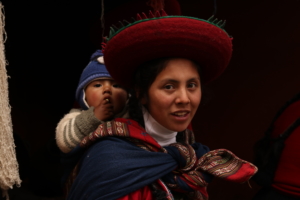
Thanks to the government and various international organizations, Peru has made noticeable progress in regards to sanitation and clean water. However, there is still a large amount of room for improvement in the country. Here are 10 facts about sanitation in Peru.
10 Facts About Sanitation in Peru
- Access to Running Water: The water crisis in the suburbs of Peru is complex. Even in more urban areas, running water is still a rare commodity. In middle-class homes just outside of Lima, 3 million people still lack running water. Hand-dug wells are common sources of water in these areas and local citizens may travel miles in order to use the restroom. The country has made progress in the hopes of expanding access to running water. In 2014, the International Secretariat for Water Solidarity established a sustainable source of water in Cuchoquesera and followed this with a similar development in the town of Waripercca. Both communities now have running water.
- Sanitation in Schools: The Peruvian water crisis has heavily affected schools. Almost no rural schools have clean bathrooms or working sinks. A lack of proper restrooms and facilities can prevent academic progress. Luckily, sanitation officials in Peru have identified this issue and created a plan to increase infrastructure. This plan should provide suitable and sanitary bathrooms to Peruvian schools by 2030 and educate younger children on hygienic practices, however, donations and investments could speed up the process.
- Sanitation in Hospitals: In 2016, 18 percent of health care facilities reported having to operate without running water, leading to problems in water disposal, waste management and an overall inability to perform tasks as simple as cleansing the hands. According to a report from UNICEF and WHO, this can easily lead to life-threatening illnesses, especially for newborns that may be born in these facilities.
- Plumbing Systems: Even homes in the suburbs of Lima do not always have toilets. In Peru’s urban areas, about 5 million people do not have a working toilet in their homes. In places where these facilities do exist, the plumbing system is so fragile that flushing toilet paper could do serious damage to the system, or at the very least cause the toilet to clog or flood. The best solution to this less-than-perfect system is to invest more money in plumbing infrastructure or to utilize the “dry toilet” designs that are popping up around the world.
- Open Defecation: Despite having dropped since 2000, the percentage of the rural population practicing open defecation still measured around 19 percent in 2017. Experts cannot understate the negative health and sanitation effects of citizens experiencing exposure to human waste. The good news is that the portion of the urban population practicing open defecation is as low as 3 percent and both rates are in a steady decline.
- Untreated Drinking Water: Lima’s source of water and the surrounding areas is the Rio Rimac, a river heavily polluted by harmful microorganisms. One of these microorganisms is Helicobacter pylori, a dangerous bacteria that can affect the gastrointestinal tract of those unlucky enough to experience an infection. The good news is that water treatment is seeing a slow uptick in Peru, especially in urban areas. The number of people consuming untreated water has decreased by the thousands since 2000. Public health intervention has begun to focus on treating the water before distribution, partnering with organizations like the International Secretariat for Water Solidarity.
- Unsafe Water Affects More Than Drinking: While drinking unsafe tap water is a prominent issue, the problem becomes monumental when one considers everything else that people use water for. Fruit and vegetables that individuals wash in tap water may be dangerous for consumption, as well as drinks with ice and any foods kept on ice.
- Unsanitary Practices: While many of the sanitation problems in Peru come from lack of funding or infrastructure, another big problem comes in the form of unsanitary practices. This involves hand-fecal transmission and infection, which may lead to transmission to the face or other individuals in the community. During observation in 2014, 64 percent of those researchers observed potentially contaminated their face, hands or food within one hour of hand contamination. This can be detrimental to the health of Peruvians, as contamination can cause an array of enteric pathogens including salmonella and Escherichia coli. These practices are simply a result of the lack of running water in many parts of the country and lack of awareness of the diseases that fecal transmission can cause. Peru can eliminate this issue by educating Peruvians as children about sanitation and hygiene and by improving the running water system in Peru. There have been attempts to address these issues, including observation and correction of some of these behaviors.
- WaterCredit Program: Water.org’s WaterCredit program is quite possibly the jumpstart the nation needs in order to provide running water and sanitary conditions to all of its citizens. The WaterCredit program works with various donating partners to provide plumbing and similar infrastructure to countries that need it. Through this program, Water.org has been trying to reach people in urban areas, like Lima, and provide them with improved indoor bathrooms, sewage collection infrastructure and safe running water. It has reached an estimated 2.5 million people and hopes to reach more within the country in the future.
- Stray Dogs: One problem affecting sanitary conditions in Peru is the fact that stray animals, especially dogs, run rampant in cities like Cusco and Mancora. Sadly, due to lack of proper care, these animals can carry various infections that they can spread to humans through direct contact. These infections include rabies, norovirus, salmonella and brucella among others. These infections can have detrimental health effects on humans if contracted and the infected animals may show little to no symptoms.
While the conditions of sanitation in Peru are not yet acceptable, the country has made significant progress in the last decade. It is not an overestimation to say that Peru will continue this forward progress with the help of its citizens and various donating partners. With continued aid from international organizations, the sanitary conditions in Peru could see a significant increase in quality in the next few years.
Photo: Flickr

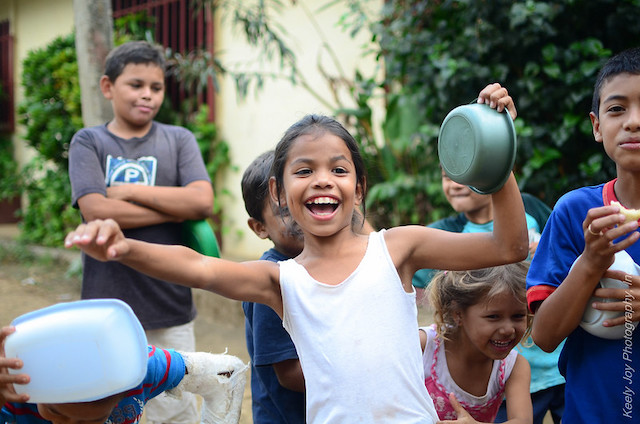 Although Nicaragua is the largest country in Central America, it is also one of the poorest nations in the region. Its mountainous location presents a challenge when considering the development of infrastructure necessary for a functioning water and sanitation system. Although access to resources has been a persistent challenge, the following 10 facts about sanitation in Nicaragua explain the country’s upward trajectory of living conditions and a patchwork of support.
Although Nicaragua is the largest country in Central America, it is also one of the poorest nations in the region. Its mountainous location presents a challenge when considering the development of infrastructure necessary for a functioning water and sanitation system. Although access to resources has been a persistent challenge, the following 10 facts about sanitation in Nicaragua explain the country’s upward trajectory of living conditions and a patchwork of support.

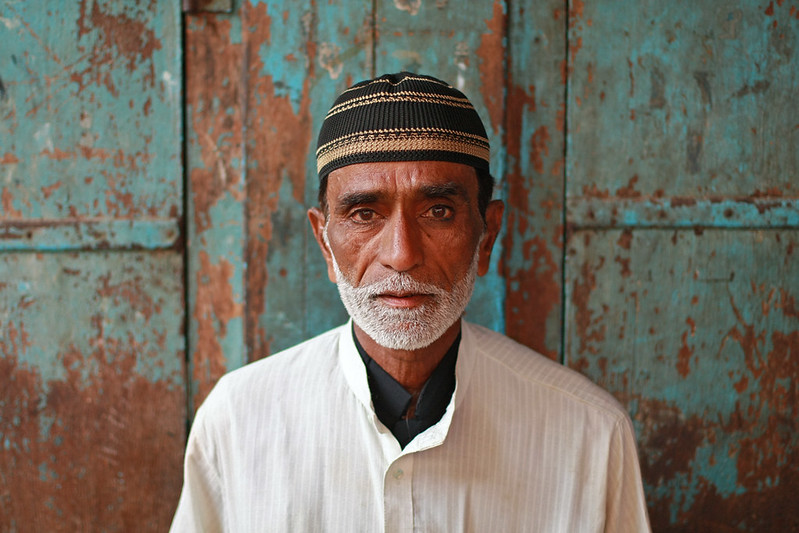
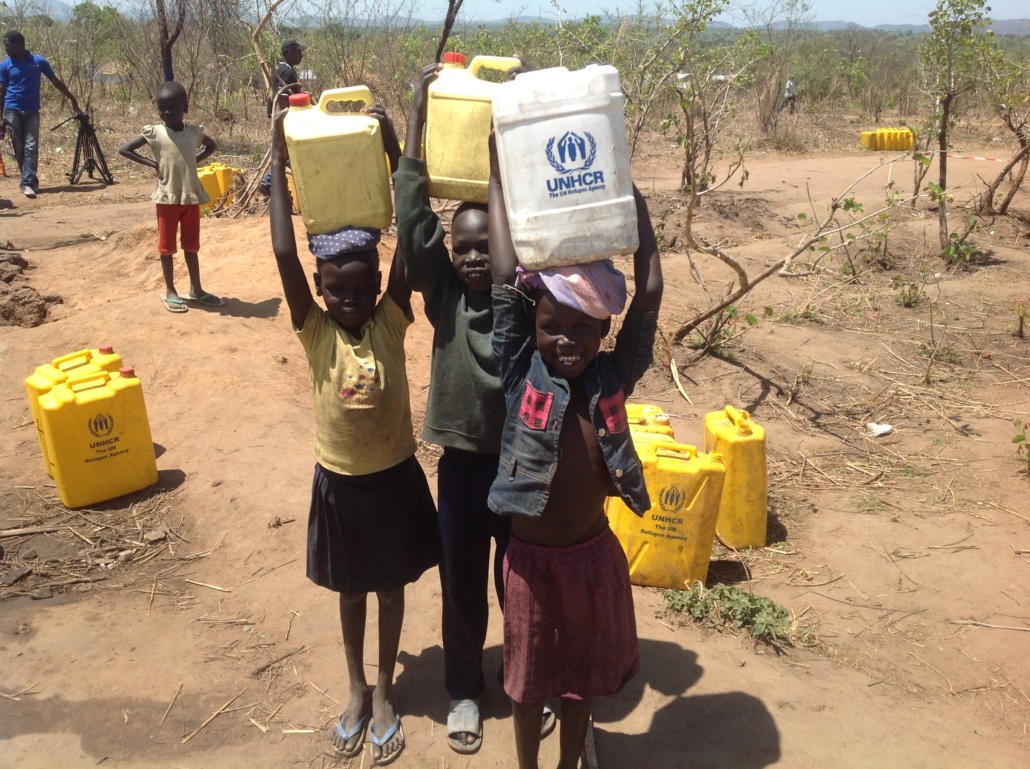
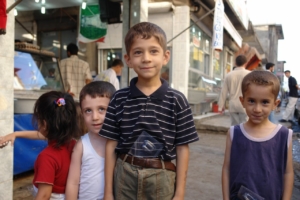
 Anguilla is a Caribbean island about half the size of Washington D.C., nestled between the Caribbean Sea and the Atlantic Ocean. Its tropical climate and terrain of low-lying coral and limestone have all contributed to this beautiful island’s dramatic water crisis. With a population of only 18,090, islanders have survived the island’s dry environment for more than 300 years. With careful husbandry, water conservation and the use of cisterns, Anguillans have found ways to make their erratic rainfall schedule work for them even during unpredictable drought periods, which can last up to three or four months. As access to improved sanitation facilities increases and tourism flourishes, the islands underground aquifer has been pushed to capacity. Here are 10 facts about sanitation in Anguilla and how they contribute to the depletion of the island’s supply of drinking water.
Anguilla is a Caribbean island about half the size of Washington D.C., nestled between the Caribbean Sea and the Atlantic Ocean. Its tropical climate and terrain of low-lying coral and limestone have all contributed to this beautiful island’s dramatic water crisis. With a population of only 18,090, islanders have survived the island’s dry environment for more than 300 years. With careful husbandry, water conservation and the use of cisterns, Anguillans have found ways to make their erratic rainfall schedule work for them even during unpredictable drought periods, which can last up to three or four months. As access to improved sanitation facilities increases and tourism flourishes, the islands underground aquifer has been pushed to capacity. Here are 10 facts about sanitation in Anguilla and how they contribute to the depletion of the island’s supply of drinking water. While gender equality has been a significant issue in the sub-Saharan African country, recent steps have been taken to ensure the health and safety of Ethiopian women and girls. Below are seven facts about women’s health in Ethiopia.
While gender equality has been a significant issue in the sub-Saharan African country, recent steps have been taken to ensure the health and safety of Ethiopian women and girls. Below are seven facts about women’s health in Ethiopia.